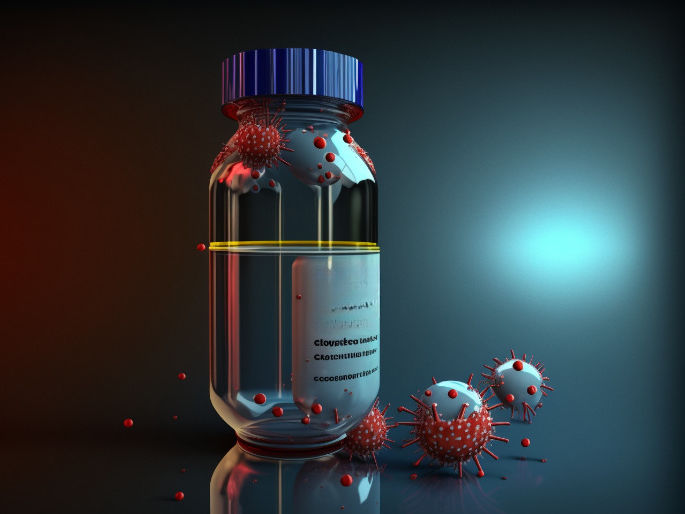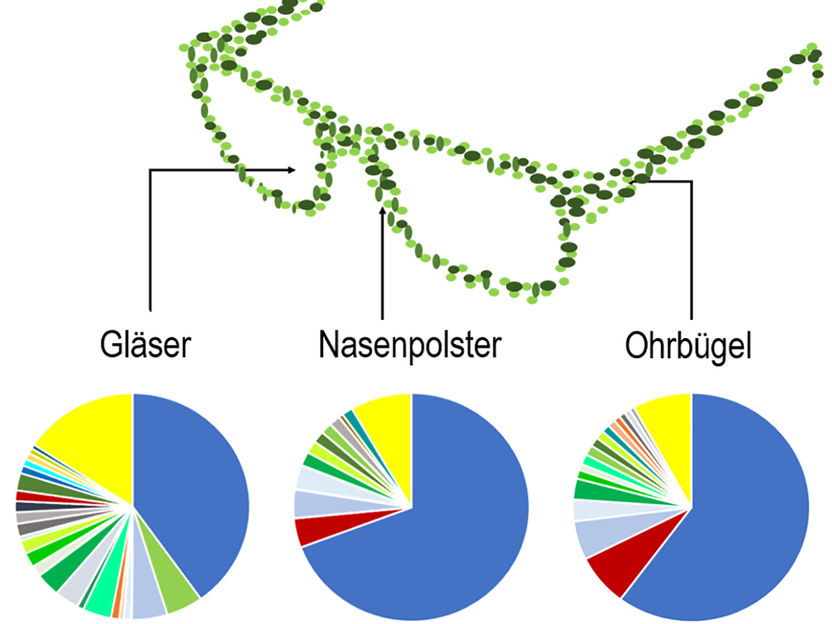Novartis therapy Lucentis recommended for approval in EU to treat patients with vision loss due to Diabetic Macular Edema
Novartis has received a positive opinion from the Committee for Medicinal Products for Human Use (CHMP) for Lucentis (ranibizumab) for the treatment of patients with visual impairment due to diabetic macular edema (DME).
The submission was supported by data from two Novartis-funded clinical trials, RESTORE and RESOLVE, which showed that Lucentis was superior in providing rapid and sustained visual acuity gain versus sham (dummy therapy) or laser therapy, the current standard of care. The RESTORE study showed patients treated with Lucentis alone or with Lucentis plus laser therapy achieved an average 5.9 letters and 5.5 letters gain in visual acuity at 12 months, respectively, compared to laser-treated patients as measured on a standard ETDRS eye chart.
The RESOLVE study showed that Lucentis-treated patients achieved an average 11.7 letters gain in visual acuity at 12 months compared to sham-treated patients, some of whom received laser treatment.
The pivotal data from RESTORE and RESOLVE are further supported by results of an independent US study conducted by the Diabetic Retinopathy Clinical Research Network (DRCR.net), showing that at one year nearly 50% of patients' eyes treated with Lucentis and laser therapy improved their visual acuity by 10 letters or more, compared to 28% with laser alone. In addition, the study demonstrated superior gains in visual acuity among Lucentis-treated patients up to two years.
Lucentis was generally well tolerated in clinical studies, either when given as monotherapy or when combined with laser treatment. Its safety profile was consistent with that previously reported in large controlled clinical trials, and in rigorous monitoring since Lucentis was first approved for wet age-related macular degeneration (AMD). Lucentis is currently licensed in more than 85 countries for the treatment of wet AMD.
Other news from the department research and development

Get the life science industry in your inbox
By submitting this form you agree that LUMITOS AG will send you the newsletter(s) selected above by email. Your data will not be passed on to third parties. Your data will be stored and processed in accordance with our data protection regulations. LUMITOS may contact you by email for the purpose of advertising or market and opinion surveys. You can revoke your consent at any time without giving reasons to LUMITOS AG, Ernst-Augustin-Str. 2, 12489 Berlin, Germany or by e-mail at revoke@lumitos.com with effect for the future. In addition, each email contains a link to unsubscribe from the corresponding newsletter.
More news from our other portals
Last viewed contents
Fungus among us could become non-food source for biodiesel production
Löfgren_syndrome

Multi-gene test predicts depression risk

When is remdesivir effective for COVID-19? - A new analysis shows that a specific group of patients benefits the most from the drug

























































